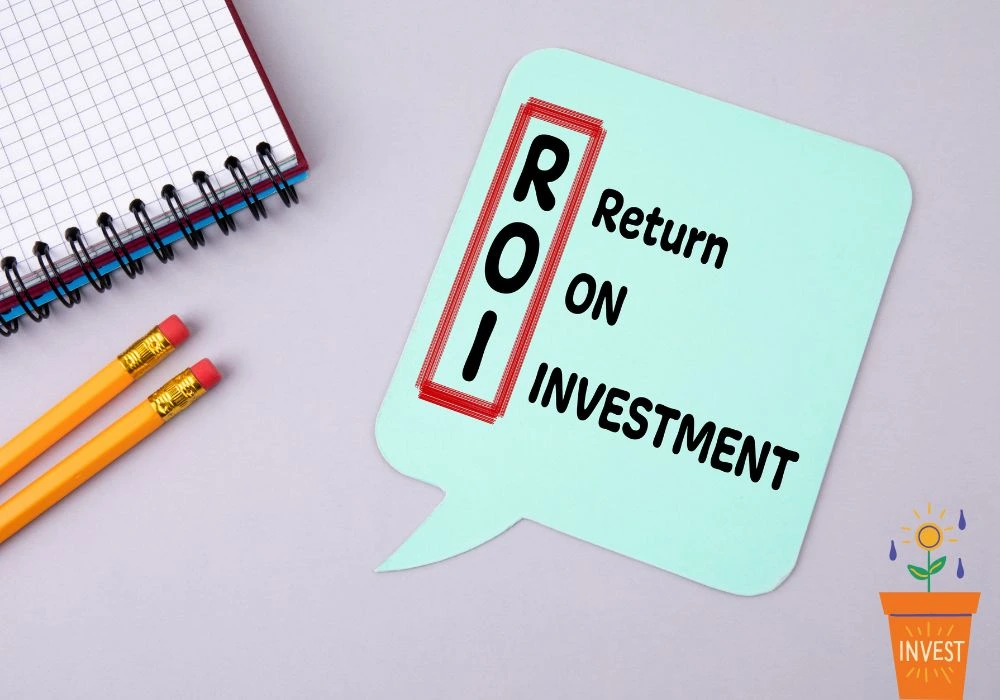- What is Financial Instruments
- Types of Financial Instruments
- Equity Instruments
- Debt Instruments
- Derivative Instruments
- Cash Instruments
- Foreign Exchange Instruments
- How Do You Use Financial Instruments?
- Step 1: Assess Your Goals
- Step 2: Choose the Right Instrument
- Step 3: Open an Account
- Step 4: Monitor and Adjust
- Step 5: Understand Risks
- Examples
- Stocks in Action
- Bonds for Stability
- Options for Flexibility
- Futures in Commodities
- Currency Swaps
- Uses of Financial Instruments
- Raising Capital
- Hedging Risks
- Investing for Returns
- Storing Value
- Facilitating Trade
- Importance
- Efficient Capital Allocation
- Risk Management
- Economic Stability
- Wealth Creation
- Global Connectivity
- FAQs
- Wrapping Up
These tools shape how we handle money in everyday scenarios. Think of them as the building blocks for investing, saving, and managing risks.
Curious about getting started? We can break it down step by step, so you don’t have to have a finance degree to grasp the basics.
What is Financial Instruments
It represents contracts that create assets for one party and liabilities for another. They come in various forms, from simple stocks to complex derivatives.
Not only do they help raise capital, but they also allow hedging against uncertainties. We see them in markets worldwide, facilitating trades and economic flow.
Ever thought about why they’re everywhere? Because they make transferring value straightforward.
Types of Financial Instruments
Before diving into usage, let’s cover the main categories. Understanding these sets the foundation.
Equity Instruments
These give ownership stakes. Stocks stand out as a prime example. When you buy shares in a tech company, you own a piece of it. Dividends might come your way if profits roll in.
Debt Instruments
Here, borrowing takes center stage. Bonds issued by governments or corporations promise repayment with interest. Loans from banks fit too, where you borrow funds for a project and pay back over time.
Derivative Instruments
These derive value from underlying assets. Options let you buy or sell at set prices, while futures lock in commodity deals. Swaps exchange cash flows, like interest rates between parties.
Cash Instruments
Direct and simple. Currency exchanges or money market funds fall here. They hold immediate value and trade easily.
Foreign Exchange Instruments
Dealing with currencies? Forex spots or forwards handle that. You might use them for international trades.
Not only do these types vary in risk, but they also suit different goals, from growth to stability.
How Do You Use Financial Instruments?
Using financial instruments starts with clear objectives. Are you building wealth or protecting assets? We can explore practical steps. Keeping things simple avoids overwhelm.
Step 1: Assess Your Goals
Begin by evaluating needs. Saving for retirement? Investing in stocks could work. Managing business risks? Derivatives might hedge fluctuations. The key question? What timeline fits your plans?
Step 2: Choose the Right Instrument
Match tools to situations. For a steady income, bonds provide fixed returns. Stocks offer growth potential through rising values. Derivatives add leverage but demand caution.
Step 3: Open an Account
Set up with brokers or banks. Online platforms make this easy. Deposit funds, then buy or sell as needed.
Step 4: Monitor and Adjust
Track performance regularly. Markets shift, so rebalance holdings. Selling at peaks or buying dips keeps things aligned.
Step 5: Understand Risks
Volatility hits hard sometimes. Diversify to spread exposure. Consulting advisors helps navigate tricky spots.
Practicing these steps builds confidence. Imagine applying them to a real estate venture—using loans for funding while hedging interest rates with swaps. Straightforward, right?
Examples
Real-world cases clarify concepts. Let’s look at a few without overcomplicating.
Stocks in Action
You purchase shares in an electric vehicle firm. As the company expands, share prices climb, yielding profits on sale. Or hold for dividends from earnings.
Bonds for Stability
A municipal bond funds local projects. You lend money, receiving interest payments quarterly. At maturity, principal returns intact.
Options for Flexibility
With a call option on oil, you gain the right to buy at a fixed price. If prices surge, exercise for gains; otherwise, let it expire.
Futures in Commodities
A farmer uses wheat futures to lock in sale prices. This shields against harvest-time drops, ensuring steady income.
Currency Swaps
Two firms swap loan payments in different currencies. One pays in euros, the other in dollars, matching cash flows to operations.
These illustrate versatility. Ever considered how a pension fund uses bonds for reliable payouts? It secures long-term commitments effectively.
Uses of Financial Instruments
Financial instruments serve multiple roles. We rely on them for growth and protection. Exploring their applications shows why they’re essential.
Raising Capital
Companies issue stocks or bonds to fund expansions. You invest, gaining potential returns while supporting innovation.
Hedging Risks
Derivatives protect against price swings. Airlines use fuel futures to stabilize costs amid oil volatility.
Investing for Returns
Mutual funds pool resources for diversified portfolios. You access broad markets without picking individual assets.
Storing Value
Cash equivalents like treasury bills preserve wealth. They offer liquidity and minimal risk during uncertain times.
Facilitating Trade
Forex instruments enable global commerce. Exporters convert earnings efficiently, avoiding currency losses.
Balancing these uses optimizes outcomes. The advantage? You adapt to changing economic landscapes seamlessly.
Importance
Why bother with these tools? Their impact reaches far. We see benefits in economies and personal finances alike.
Efficient Capital Allocation
They channel funds from savers to borrowers. This fuels businesses, creating jobs and growth.
Risk Management
Hedging reduces uncertainties. Farmers and manufacturers stabilize operations, preventing financial distress.
Economic Stability
Markets price assets fairly through trades. This promotes transparency and investor confidence.
Wealth Creation
Investing compounds returns over time. You build nests for future needs, from education to retirement.
Global Connectivity
Instruments link international markets. Capital flows freely, supporting development in emerging regions.
Not only do they drive innovation, but they also cushion shocks, like during market downturns. Ignoring them limits opportunities. Consider how governments use bonds for infrastructure—bridging gaps that boost productivity.
FAQs
Questions often arise. Here, we address common ones directly.
It’s a contract representing monetary value. Examples include stocks, bonds, and derivatives, traded for profit or protection.
Open a brokerage account, research basics, and start small. Focus on low-risk options like bonds initially.
Yes, varying by type. Stocks fluctuate more than bonds. Diversification mitigates potential losses.
Equity offers ownership without repayment obligation. Debt involves borrowing with interest, with no ownership transfer.
Absolutely. Instruments like annuities or funds grow savings tax-efficiently over the years.
Gains from sales or dividends get taxed. Rules vary by location; consult professionals for specifics.
Using derivatives to offset risks. For instance, options protect stock portfolios from drops.
No. Many start with minimal amounts, like fractional shares or micro-investments.
Quarterly checks suffice for most. Adjust based on life changes or market shifts.
Yes, with regulated platforms. Use secure practices to avoid cyber threats.
These cover the essentials. Got more? Digging deeper reveals tailored answers.
Wrapping Up
Summing it all up, financial instruments empower us to navigate money matters effectively. From using stocks for growth to bonds for security, options abound.
The real value? They adapt to your needs, whether hedging or investing. Remember, starting small builds expertise. We encourage exploring with care—knowledge turns potential into progress. Ready to apply these? Your financial journey just got clearer.







